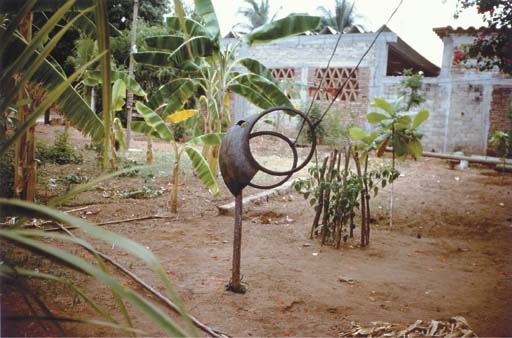The Nightwatch
2004 - Film & Video (Film & Video)
17 min
Francis Alÿs
The Nightwatch , which is an ironic reference to the celebrated painting by Rembrandt, follows the course of a fox wandering among the celebrated collections of the National Portrait Gallery in London. The path of the fox, from galleries containing 16th, 17th and 18th century portraits of historic figures from British history hung on plush walls, is circuitous and seemingly random. The fox tracks back and forth, sometimes inspecting the gallery furniture, often walking through the middle of the room but sometimes around its perimeter until eventually it climbs on top of a showcase, covered in fabric where he settles down to sleep. The actions of the fox are observed from the close-circuit television cameras which form part of the museum’s security system. Foxes are now commonly found in London roaming the suburban streets at night-time. They are in a sense flaneurs sauvages. The insertion of a fox in such an august institution is at once bizarre and yet in some sense perfectly normal. There is a constant tension in the film: will the fox do some damage, what attracts him to particualr places that he returns to; how does he decide where he will settle. The fox acculturises to the gallery in the same way he has become acclimatised to the city. The fox is an outsider, an interloper banned from the city that has re-inserted itself. Alys draws a parallel between the fox and himself. ‘No matter how long I have been away, I have one foot in a European culture, and one foot out… A lot of my work has played on the double status’. The theme of surveillance is multi-layered. On the one hand the fox is staking out the gallery; the portraits on the wall appear to be watching him; the security cameras are monitoring both the paintings and the fox and finally, we the viewer are observing the whole action.
Trained as an architect, Alÿs turned to a visual arts based practice in the early 1990s as a more immediate, direct, and effective way of exploring issues related to urbanization, to the ordering and signification of urban space and to the semiotics of its use. His work initiates with a simple action, either by him or others, which is then documented in a range of media. Alÿs explores subjects such as modernizing programs in Latin America and border zones in areas of conflict, often asking about the relevance of poetic acts in politicized situations. Documentation is central to his practice as well as painting, drawing, and video. In his work, When Faith Moves Mountains (2002) made in collaboration with Mexican critic Cuauhtemoc Medina, Alÿs recruited 500 volunteers outside of Lima, Peru. Each person moved a shovel full of sand one step at a time form one side of a dune to the other, and together they moved the entire geographical location of the dune by a few inches. Critic Jean Fisher linked Alÿs’ work to the radical event of precipitating a crisis of meaning, where the exposure of a void of meaning is confronted by its social situation, leading up to some kind of truth. Francis Alÿs was born in Belgium in 1959. He lives and works in Mexico City.
Colors:
Related works of genres: » conceptual art, » mexican contemporary artists, » contemporary artist, » conceptual artist, » born 1959

© » KADIST
John Baldessari
1997In One Must , an image of a pair of scissors, accompanied by the words of work’s title, poses an ominous question about the relationship between the image and the text...

© » KADIST
Hank Willis Thomas
2012Like many of his other sculptural works, the source of I am the Greatest is actually a historical photograph of an identical button pin from the 1960s...

© » KADIST
Pedro Reyes
2012Pedro Reyes’s Los Mutantes ( Mutants , 2012) is composed of 170 plates that combine characters from ancient and modern mythologies...

© » KADIST
Martin Kippenberger
1989Untitled is a work on paper by Martin Kippenberger comprised of several seemingly disparate elements: cut-out images of a group of dancers, a japanese ceramic vase, and a pair of legs, are all combined with gestural, hand-drawn traces and additional elements such as a candy wrapper from a hotel in Monte Carlo and a statistical form from a federal government office in Wiesbaden, Germany...
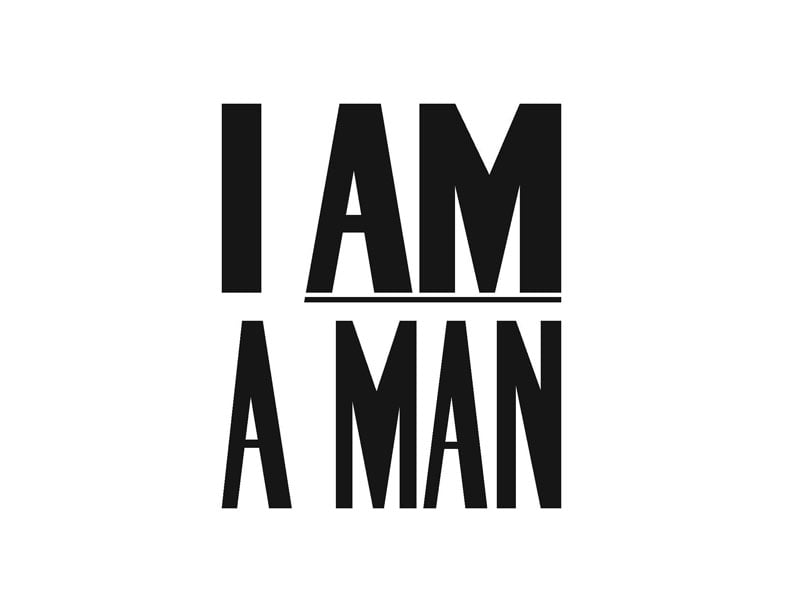
© » KADIST
Hank Willis Thomas
2013The image is borrowed from protests during Civil Rights where African Americans in the south would carry signs with the same message to assert their rights against segregation and racism...

© » KADIST
Carlos Amorales
2007This work, a large oil painting on canvas, shows a moment from Amorales’s eight-minute two-channel video projection Useless Wonder (2006)...

© » KADIST
Gabriel Orozco
1992Gabriel Orozco often documents found situations in the natural or urban landscape...

© » KADIST
Martin Creed
2003This photograph of Martin Creed himself was used as the invitation card for a fundraising auction of works on paper at Christie’s South Kensington in support of Camden Arts Centre’s first year in a refurbished building in 2005...

© » KADIST
Cildo Meireles
1975Meireles, whose work often involves sound, refers to Sal Sem Carne (Salt Without Meat) as a “sound sculpture.” The printed images and sounds recorded on this vinyl record and it’s lithographed sleeve describe the massacre of the Krahó people of Brazil...
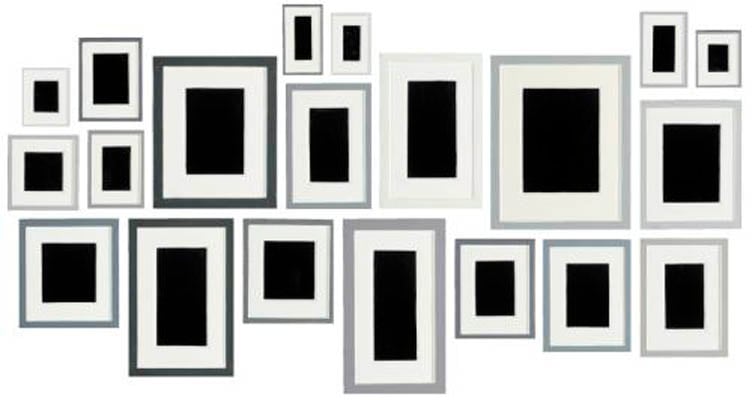
© » KADIST
Allan McCollum
1982In the work titled The Glossies (1980), an affinity for photography manifested itself before McCollum actually began to use photography as a medium...
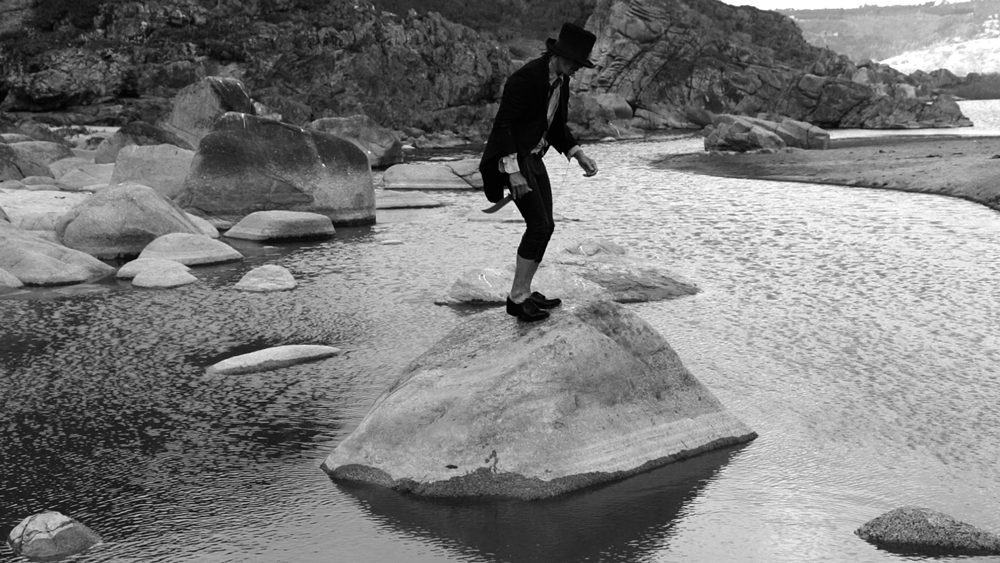
© » KADIST
Carlos Amorales
2014Carlos Amorales, based in Mexico City, works in many media and combinations thereof, including video, drawing, painting, photography, installation, animation, and performance...
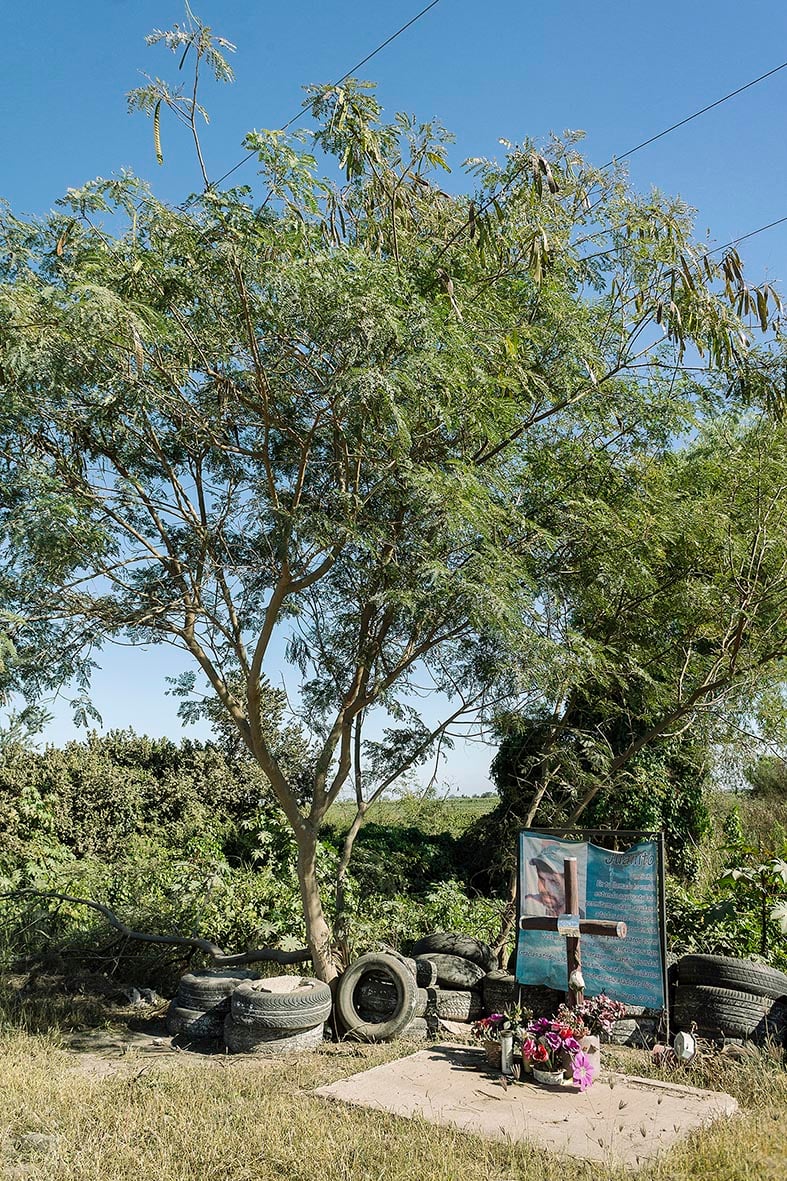
© » KADIST
Teresa Margolles
2014Stretching between San Pedro and the beach in Altata, Sinaloa, there is a 40 km road where there are three invisible borders controlled by rivalling armed groups...

© » KADIST
Hank Willis Thomas
2012Intentionally Left Blanc alludes to the technical process of its own (non)production; a procedure known as retro-reflective screen printing in which the image is only fully brought to life through its exposure to flash lighting...

© » KADIST
Carlos Amorales
2005Produced on the occasion of an exhibition at ARTIUM of Alava, Basque Centre-Museum of Contemporary Art, this deck of cards is a selection of images from Carlos Amorales’s Liquid Archive...
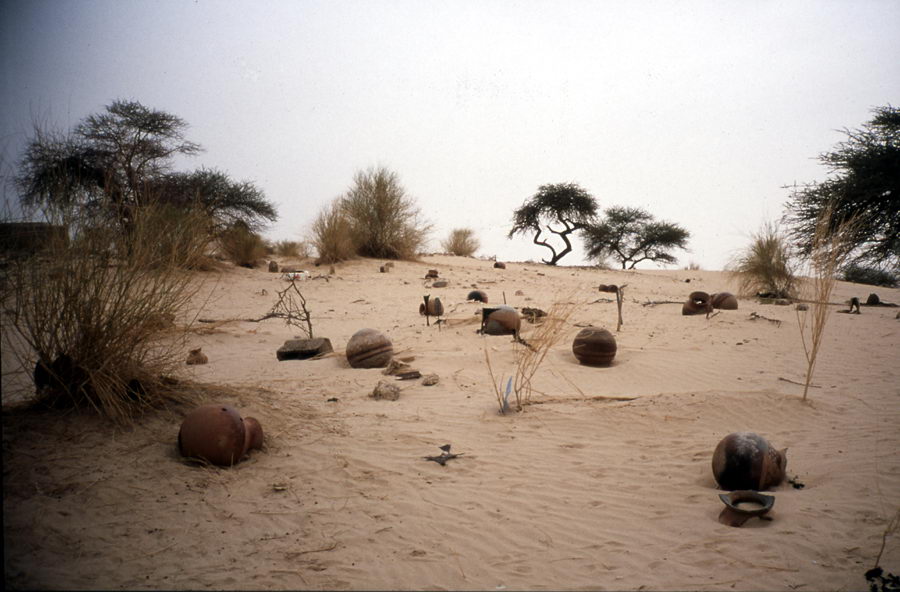
© » KADIST
Gabriel Orozco
2002Gabriel Orozco comments: “In the exhibition [Documenta 11, Kassel, 2002], I tried to connect with the photographs I took in Mali in July...




